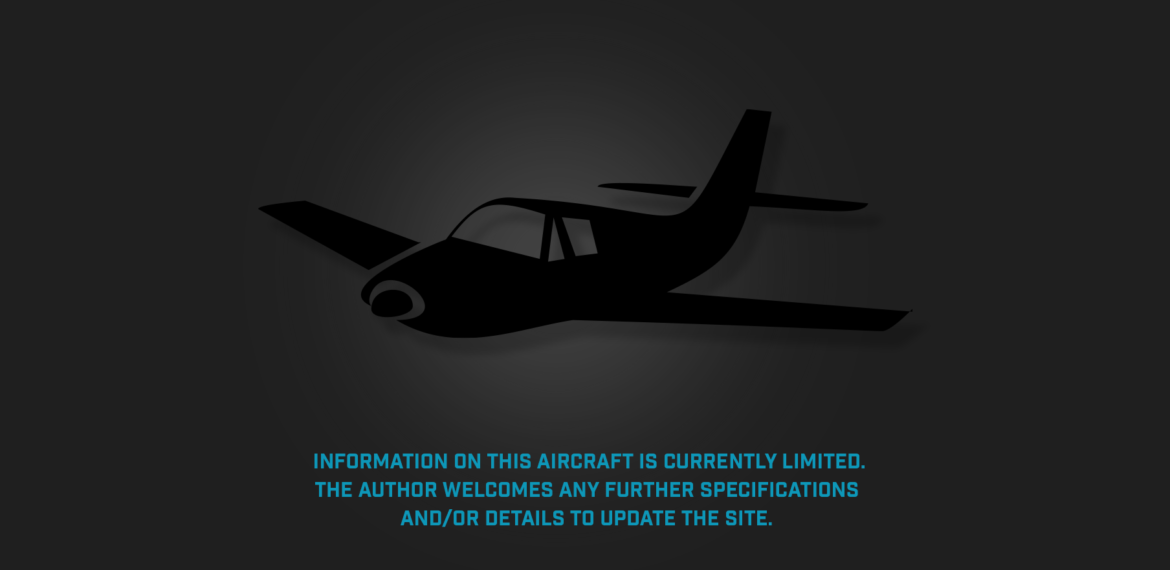Photograph:
(Photograph not yet available)
Country of origin:
Australia
Description:
Three-seat light cabin monoplane
Power Plant:
One 149 kw (200 hp) Menasco Buccaneer six-cylinder in-line air-cooled engine
Specifications:
- Max speed: 274 km/h (170 mph)
- Cruising speed: 249 km/h (155 mph)
History:
The TWA-4 was a three-seat light cabin monoplane which, in general appearance, looked much like the Percival Gull series designed by Edgar Percival in the United Kingdom. The TWA-4 was designed in Sydney by Mr T W Air, who at the time worked for the Civil Aviation Branch, and was constructed by the Palcar Manufacturing Co Ltd at its facility at Mascot, NSW for well-known Sydney aviator, stockbroker and operator of exotic aircraft, Joseph R Palmer.
In 1935 the design work was taken over by J C Carpenter. Mr Air had previously been involved in the design of the Cockatoo Island Dockyard TWA-6 Codock and the Tugan TWA-7 Gannet designed by Lawrence Wackett, the latter produced by, initially, Tugan Aircraft, and later by Commonwealth Aircraft Corporation. So the two new designs continued as his third and fourth designs.
This aircraft was originally to be fitted with a Gipsy Major engine but development proceeded to increase the performance by the installation of a 149 kw (200 hp) Menasco Buccaneer six-cylinder engine. Construction was of wood with plywood with fabric covering. The aircraft was entered as a contestant in the 1936 Brisbane to Adelaide Air Race, known as the Adelaide Centenary Air Race, in December that year but the prototype was not completed in time. The race was won by Reginald Ansett (later Sir) in his Porterfield 35-70. Various names were bandied about for the aircraft, including TWA-4 Snipe, Falcon Snipe, Palmer Snipe, and Croydon Monoplane. The aircraft took some 18 months to build but owing to necessary modifications was well and truly nowhere near completion in time for the race.
After final completion, a test flight was made at Mascot on Friday, 23 November 1938, and this was successful. Two further flights are known to have been made at Mascot on 16 April 1949. Records indicate registration VH-ACP was tentatively allotted. However, despite its good performance, the imminence of World War II put further development on hold and the aircraft is not known to have flown again. The aircraft was placed into storage at Mascot, NSW during World War II but eventually the hangar space was needed, the machine deteriorated, fell into disrepair, and was broken up.

